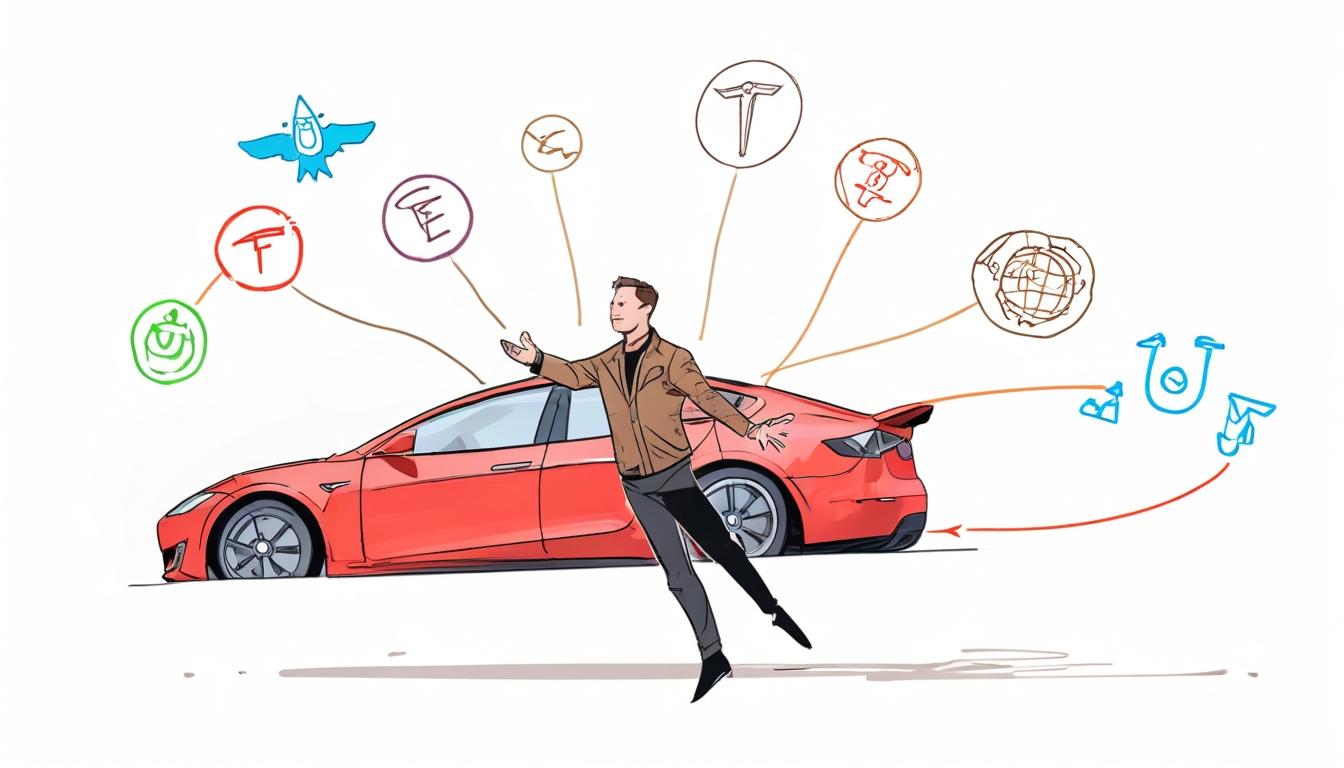Elon Musk’s position as CEO of Tesla has come under scrutiny as concerns mount regarding his divided attention between multiple high-profile ventures, including Twitter and SpaceX. Reports indicate a growing unease among board members and shareholders about the implications of Musk’s broader commitments on the future leadership and strategic direction of the electric vehicle giant.
Informal discussions with executive search firms suggest that there may be preliminary explorations into potential successor candidates, reflecting a hesitancy regarding Musk's capacity to remain effectively at the helm while juggling his various responsibilities. Such conversations, while unofficial, signal a proactive approach among Tesla's executives in light of Musk’s significant focus on other pursuits, which could distract from the critical operational decisions at Tesla.
Despite the swirling speculations and apparent internal deliberations, Musk has unequivocally dismissed these notions of a potential replacement, labelling them as misleading fabrications. Speaking to the elperiodicodearanjuez, he maintains a stance of transparency, often utilising the social media platform he owns, Twitter, to address concerns directly and assertively.
Tesla currently finds itself at a pivotal juncture as it ventures deeper into the realms of artificial intelligence, automation, and sustainable energy—a landscape that demands unwavering leadership. Musk has laid out ambitious expectations for integrating AI into Tesla operations, including a pledge to implement thousands of robots by the year's end. However, the central question looms: is it feasible for Tesla to sustain its leading position in the market without Musk’s direct involvement and visionary guidance?
Musk's leadership has undeniably been instrumental in propelling Tesla to the forefront of the electric vehicle sector, where innovation is paramount. As the company seeks to expand its AI capabilities and navigate an increasingly competitive environment, stakeholders are left to consider the ramifications of any potential changes in leadership dynamics. Industry experts have begun to suggest that Tesla could benefit from a structure in which leadership roles are more diversified, allowing Musk to retain an advisory influence while ensuring the ongoing execution of daily operations by dedicated executives.
To maintain its competitive edge, Tesla might explore several strategies:
-
Diversity of Leadership Roles - Empowering leaders within the organisation can enhance innovation and operational stability, allowing the company to respond more adeptly to market demands.
-
Robust Succession Planning - Establishing clear paths for succession can ensure continuity during leadership transitions, critical for a company driven by a charismatic visionary.
-
Sustaining a Culture of Innovation - Fostering an environment that prioritises continuous improvement and tech adoption is essential for preserving Tesla’s market leadership as industry trends continually evolve.
Looking ahead, trends in artificial intelligence and energy electrification are likely to shape the automotive landscape significantly. The global shift towards electric vehicles underscores the importance of committed leadership capable of embracing technological advancements, particularly as Tesla competes with emerging players in the autonomous vehicle sector.
In conclusion, the interplay between Musk’s multifaceted responsibilities and Tesla’s innovative aspirations prompts a critical examination of the company’s leadership structure. Investors and stakeholders are advised to monitor these developments closely as they could have substantial implications for Tesla's trajectory in the rapidly evolving automotive market.
Source: Noah Wire Services
